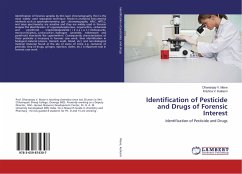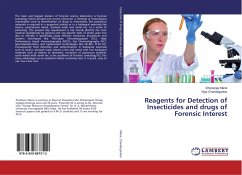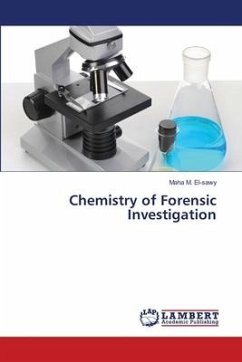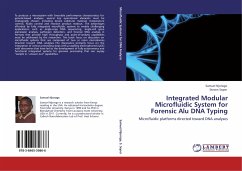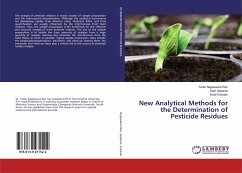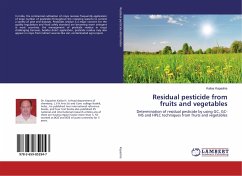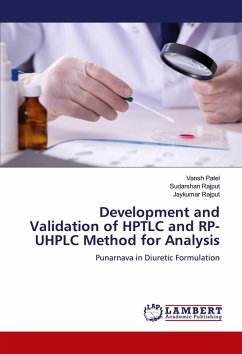Identification of forensic samples by thin layer chromatography (TLC) is the most widely used separation technique. Modern analytical instrumental methods such as spectophotometry, gas- chromatography, HPLC, HPTLC, and mass spectrometry are sensitive and they are widely used in forensic analysis.The identification of organophosphorous, organochlro, carbamate and pyrethroid insecticidespesticide like avant (Indocacarb), monocrotophos, carbosulfan, hydrogen cynamide, tridemorph and pyrethroid insecticide like cypermethrin. Consequently characterization of these pesticide is necessary in forensic case work, their identification in biological material (viscera, stomach wash, blood, etc.) and non-biological material (material found at the site of scene of crime e.g. container of pesticide, strip of drugs, syringes, injection, cloths, etc.) is important task in forensic case work.
